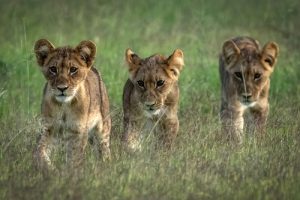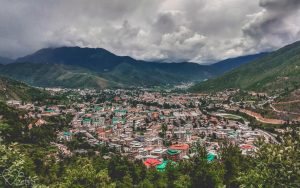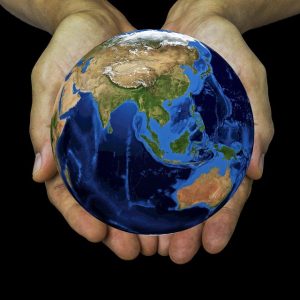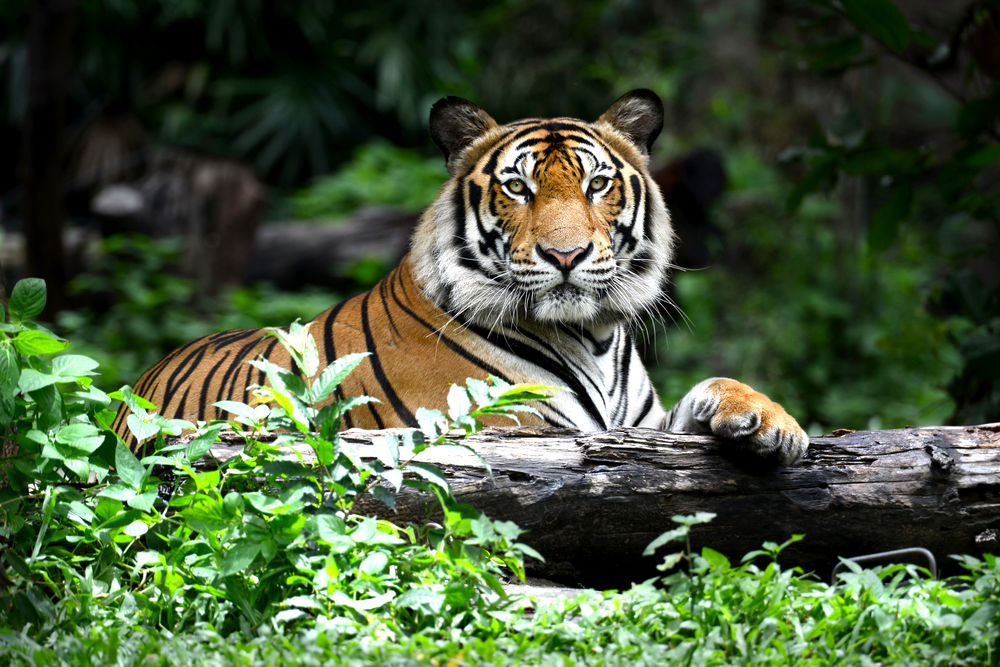
On Monday, the Prime Minister of India Narendra Modi announced that tiger populations in India have increased by one third, growing from 2,226 in 2014 to 2,967 in 2018.
India now harbours up to 70 percent of all the tigers on the planet. In 2006, there were only 1,411 tigers in the wild in the whole of Asia. Ever since, the population has been growing at a good rate per year. There are less than 4,000 tigers left in the wild between 13 countries, which include Nepal, China, Russia, Thailand, and Indonesia to name a few. In many nations, the number of tigers is around or less than 100. In a few, there is only limited evidence that they are even still there. Because of humans, surprise surprise, 93 percent of lands that tigers used to roam have been altered, and if you combine this with the amount of hunting that goes on, its no wonder we’ve seen a drop in population. Just a century ago it is estimated that there were around 100,000 Tigers in the world, compared to roughly 4000 in 2019.
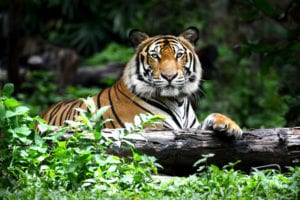
There are roughly 96% less Tigers in the world than there was 100 years ago.
In a tweet, India’s prime minister said: “The results of the just declared tiger census would make every Indian, every nature lover happy. Nine long years ago, it was decided in St. Petersburg that the target of doubling the tiger population would be 2022. We in India completed this target four years early.”
Other countries like Malaysia have been trying to tackle poaching by handing out higher penalties and jail time. An international wildlife protection network has also been in place between South Asian nations, and more forests have been given protected status so that tigers have hunting grounds away from people.
“In five years, the number of protected areas increased from 692 to over 860 and community reserves from 43 to over 100,” Modi said. “Today, we can proudly say that with nearly 3,000 tigers, India is one of the world’s biggest and most secure habitats.”
